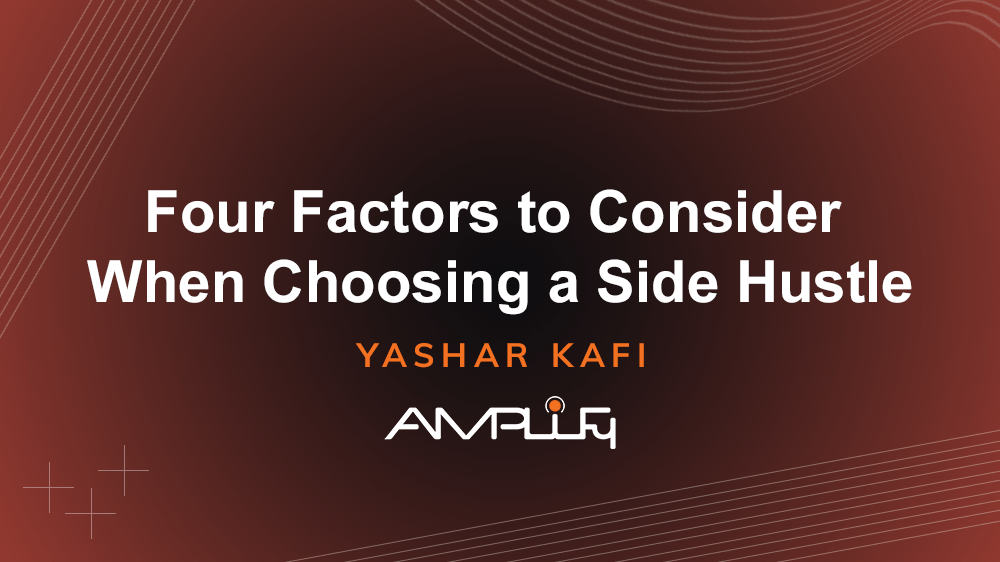Four Factors to Consider When Choosing a Side Hustle
The gig economy has forever changed the way people work. Defined as a labor market that depends heavily on independent contractors and freelancers, gig economies fill labor needs via temporary and part-time positions as opposed to permanent full-time employees. For those who are dissatisfied with their professions, or looking to make some extra cash on the side, it is very tempting to enter the gig economy. In fact, it is quickly defining the ways people work today.
In 2017, a
CareerBuilder survey found that 32% of American workers had at least one part-time job (sometimes described as a side hustle) on top of their regular employment. In 2022, however,
this number has grown to over 45%. Although the average monthly income from this work is only $483, the global gig economy is expected to reach a worth of $455 billion by the end of 2022. In short, the growth of the gig economy, has made side hustles a viable supplement for many workers. But what does this mean for you?
A Hustle on the Side
Although a side hustle might appear to be a no-brainer, it is a decision that you must carefully consider, just as you would your career. Next, we will delve into some of the advantages and disadvantages to side hustles, so you can make the best decision for your life as well as your income. Here are the top four considerations you should make before looking for another gig:
1. Monetary Benefits
While it can be tempting to get swept up in the excitement of extra income, it is important to consider just how profitable this side hustle is likely to be. What are your operating costs? Are you using your own equipment—have you factored in repairs? Additionally, you will need to consider any added tax costs or benefits; it can really go either way, depending on the gig!
2. Workability
Simply put: some jobs are more flexible than others. One question you should consider is how workable will this side hustle be for you? Factors like the amount of extra work you are taking on and how these new hours will fit into your schedule will drive your side hustle decision. For example, a side hustle like house-sitting gives you flexibility in the short-term; however, it also places you at the whim of other people’s plans. If your potential side hustle requires you to reset all your alarms, it might be wise to find a different gig!
3. Quality of Life
It may sound basic, but when taking on any extra responsibility, consider your own personal enjoyment. One enormous potential benefit to choosing a side hustle is doing something you enjoy that is separate from your full-time job (e.g., Do you like driving? What about walking dogs?). Similarly, if you think that a side hustle, lucrative as it might be, will hamper your quality of life, you might want to go in a different direction.
4. Changes to Way of Living
When choosing a side hustle, you very well might be choosing a different way of life. Although it is possible to monetize a hobby you are already doing, a new hustle will most likely require a fundamental shift to your current schedule and daily routine. These potential changes ought to be a serious factor in your decision. If you think that the new gig will put stress on your other work, that could be a real reason to reconsider.
Opportunities Cost!
To sum it up, a side hustle can be both an opportunity for growth and a financial necessity. But all side hustles are not created equal! Nor are they a “one size fits all” sort of job. It is crucial that you do your due diligence to make sure a side hustle is the right decision for you. Remember: do not lose out on any opportunity costs, but recognize that some opportunities are not worth the cost!




